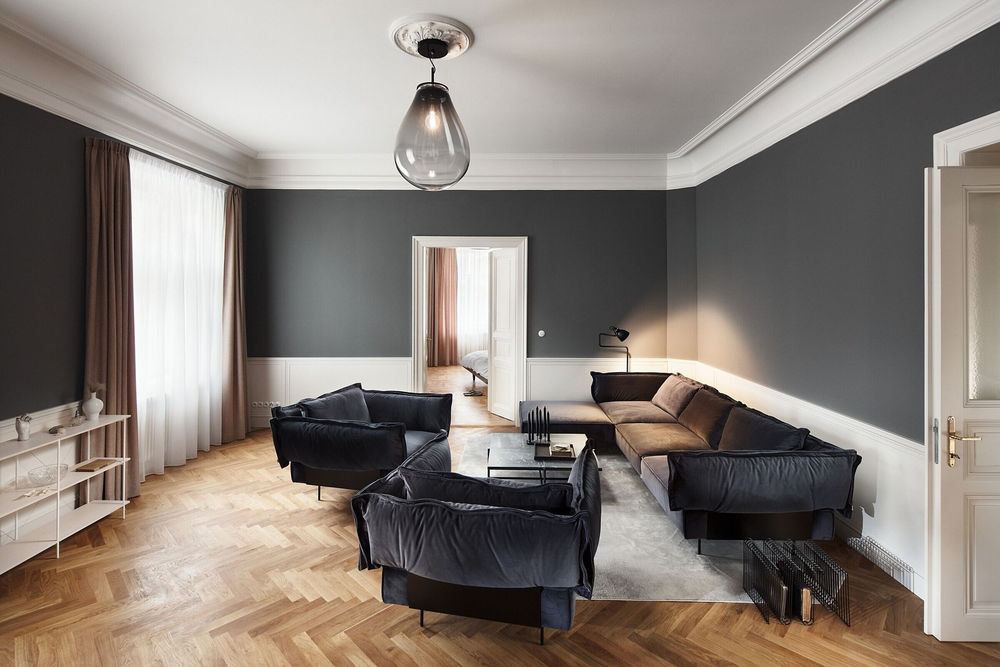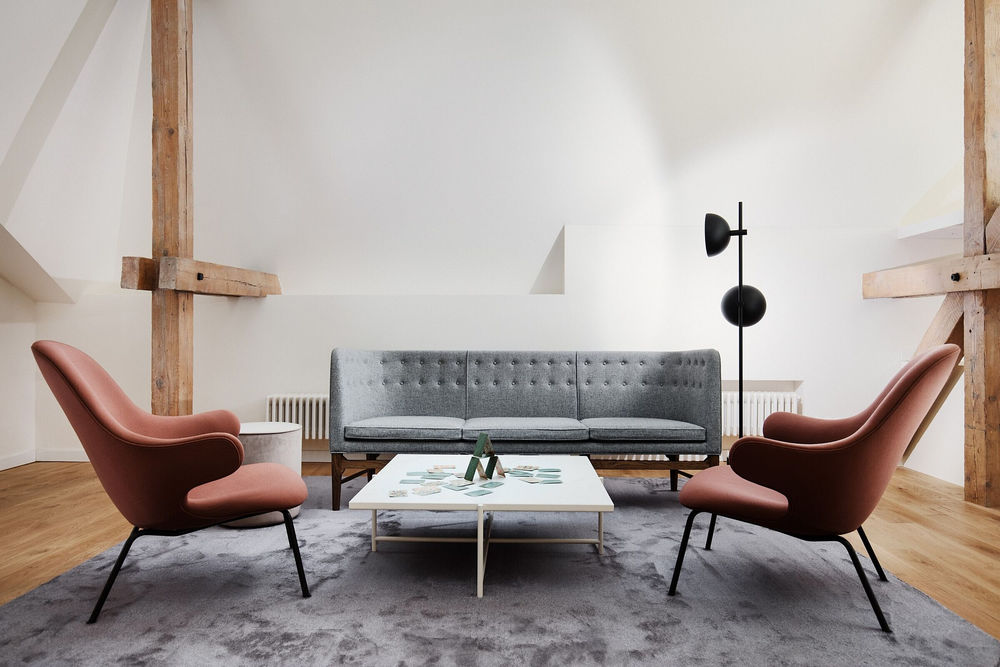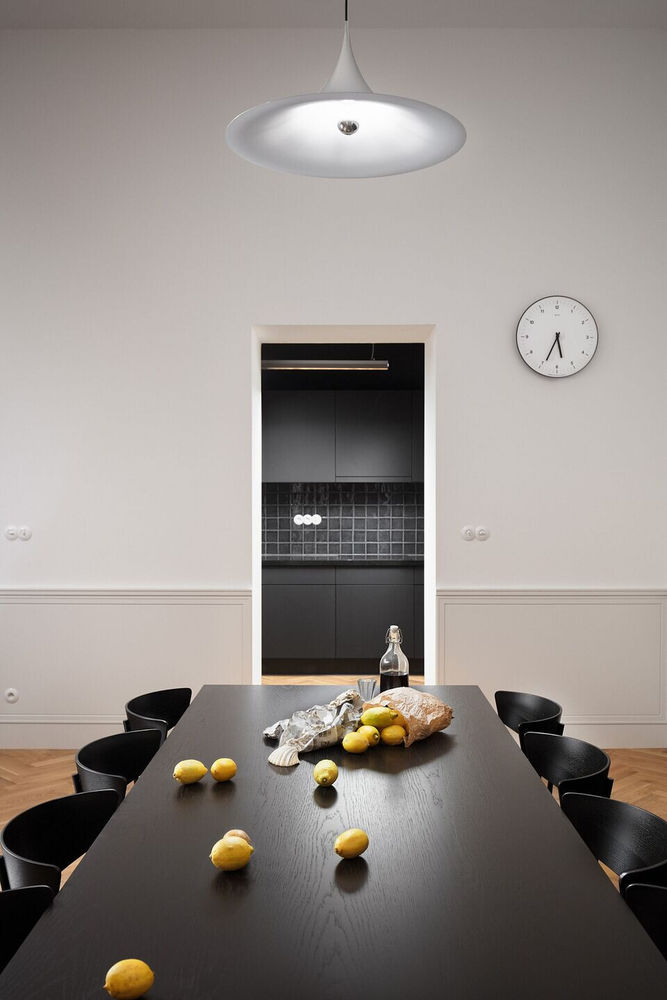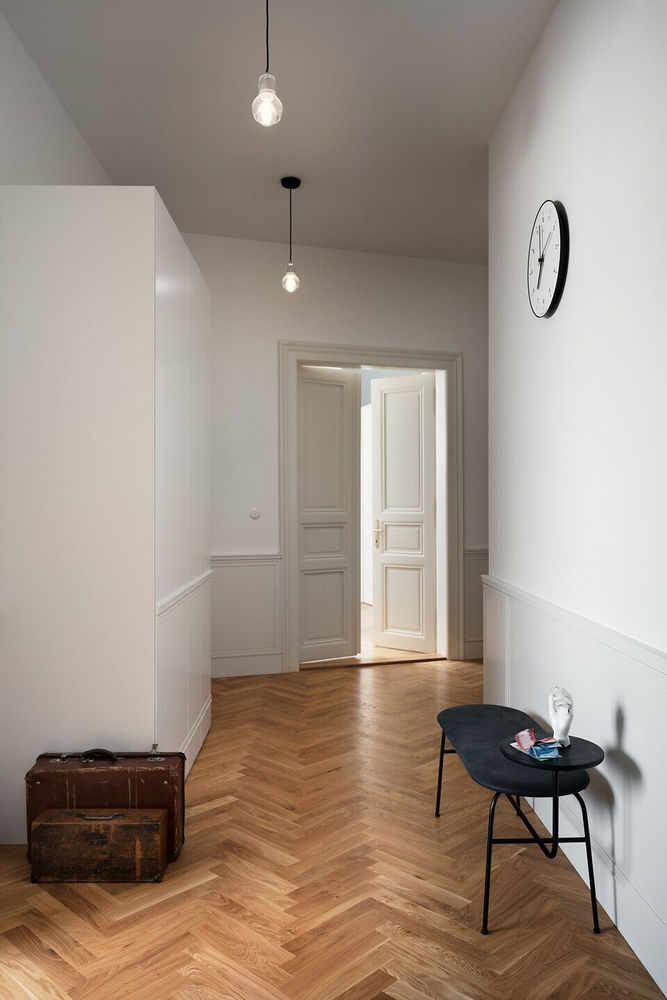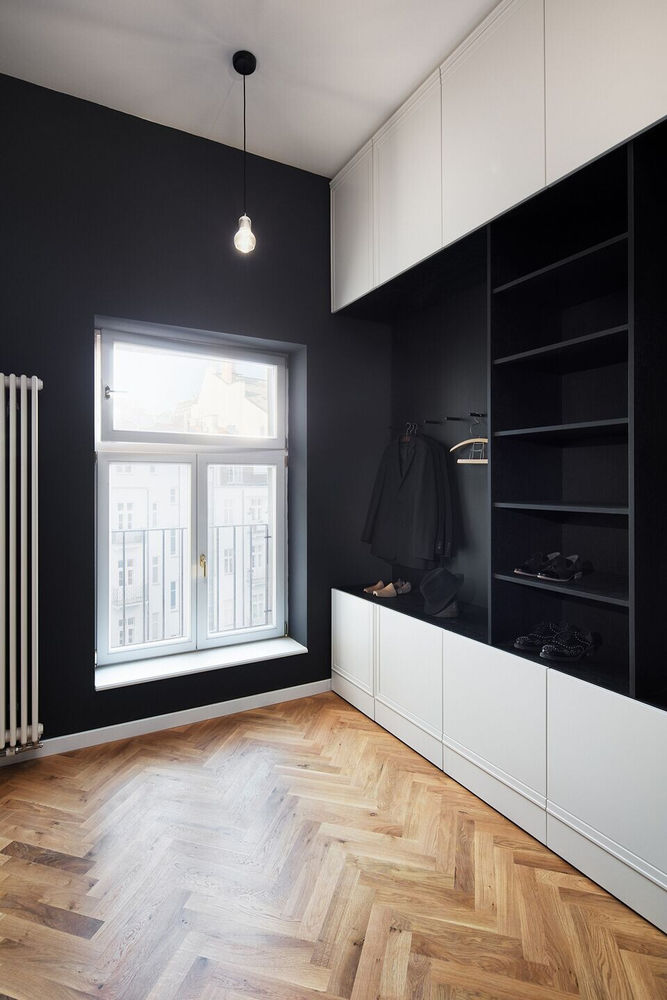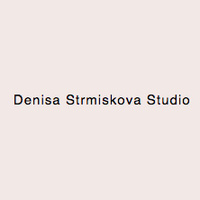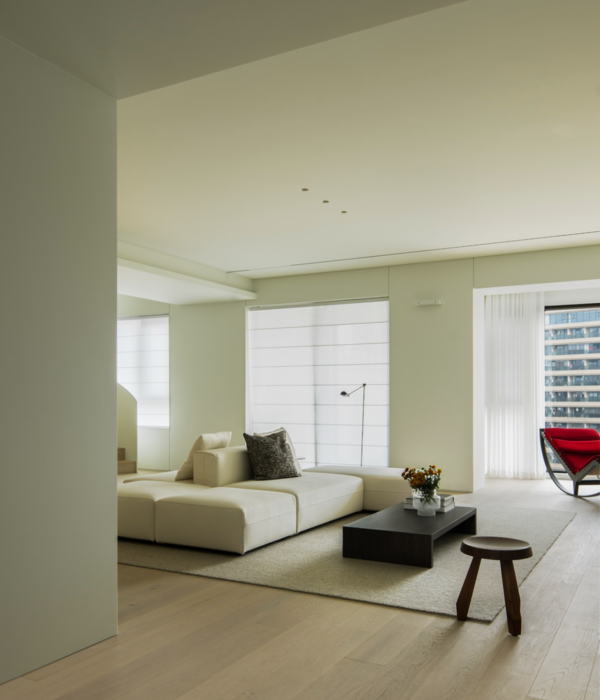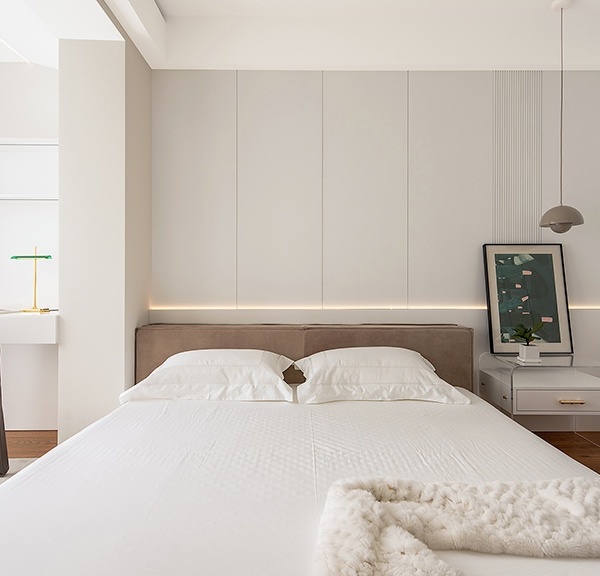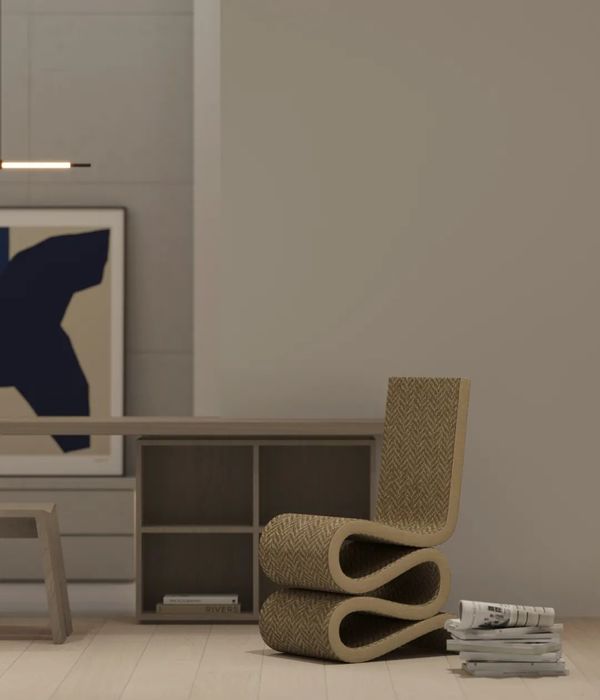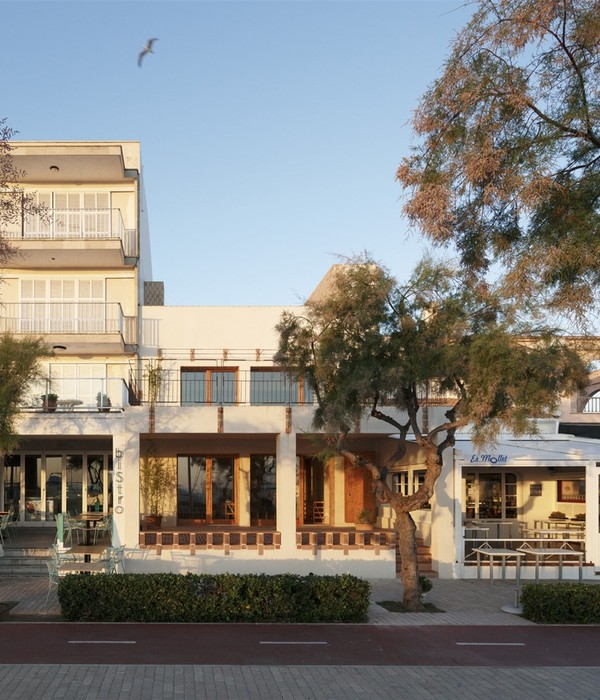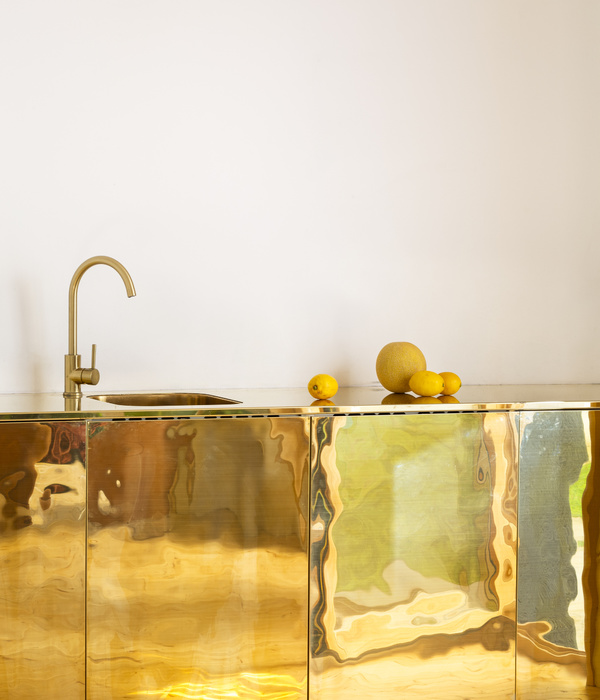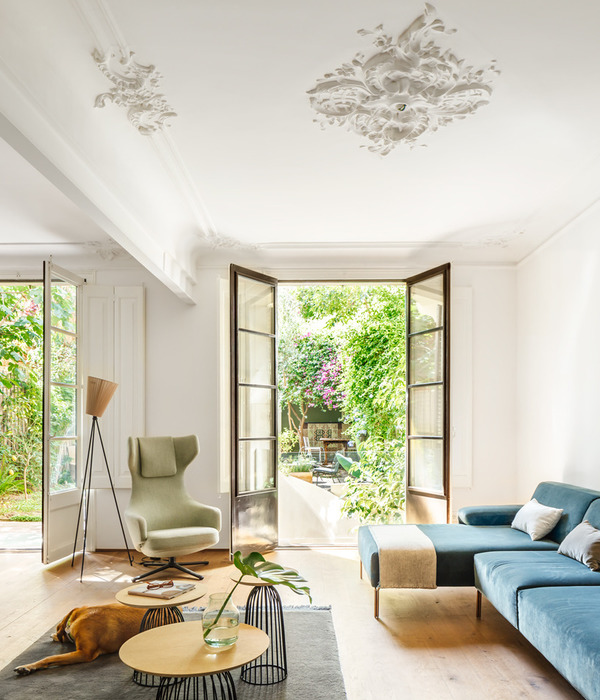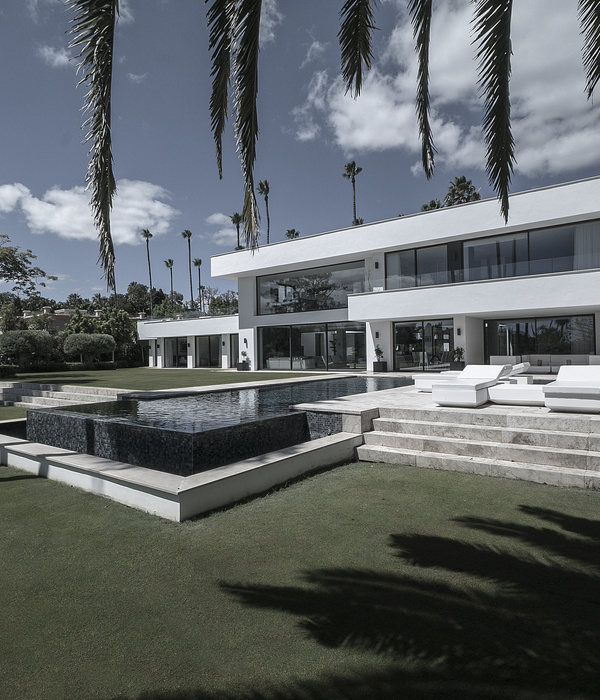Kafka 故居的现代重生
Architect:Denisa Strmiskova Studio
Location:Staré Město, Prague 1, Czechia; | ;
Project Year:2019
Category:Apartments
Kafka’s house is located in a neighbourhood of Saint Nicholas church near Old Town Square in Prague. It is symbolically connected with an important 20th century literature author Franz Kafka. The writer was born here at 1883, in a former prelature of Benedictine monastery, which was placed at Saint Nicholas church. He and his parents lived in the house until 1885, when whole family has moved to Wenceslaus Square. Building itself burn down at the end of 1890s. In 1904, the art nouveau architect Osvald Polívka, built a new structure, which was strongly inspired by the original one. The building is located near old Jewish Ghetto in a Prague Old Town and its walls is thereby impregnated by atmosphere of fin de siècle – the very end of nineteenth and beginning of twentieth century. This time period was marked by earlier industrial revolution, as well as desire for a romantic and nostalgic return to the “clean” life without machines and factories. The thought of life connected to the nature and her mysterious matriarchal forces stood in contrary to developing sciences and positivistic view of the world and man in it. Gloomy, tragic and hopeless fate of Kafka’s characters is often painted in subtle ironic humor. The same dark and eerie vibe of historical memory, which affected collective memory of all of us, is still present in the Kafka’s house.
New interior design of the house draws on the elegance of structure itself. Elementary premise is cored in thought of memory, which is not truth, and the life in reminiscences, which has never happened. The fantasy about Franz Kafka seeps to historical patina and contrasts with alive and inanimate. Generous layouts of apartments are fill with a soft detail of a wood wall siding. The siding fringes living rooms, dining rooms and halls. Its morphology and white color are linked to original refurbished wood doors and windows. In some points siding is cut through by newly constructed openings. This creates a dialogue between history and contemporary, a dialogue between the one, that was and the other one, which will never happen. Decor of siding reiterates to the details of furniture and produces a new relationships in the interiors.
In an old part of the house is three generous apartments on each of the three floors. Important parts of whole reconstructed space are attic duplex apartments. They are specific for their fully opened space. The historic wooden roof truss is in dialogue with modern glass elements like stair railing and built in furniture made in measure. Atmosphere of lower floor apartments is mainly established in a combination of bright and shadowy spaces. Elementary colours are dark grey and white, which are in contrast supplemented with earthy tones of red or violet. Selection of furniture is balancing on the edge of past and contemporary. Simple construction is crafted in solid basic materials like metal or wood. Furniture brands are mostly Scandinavian, for instance GUBI, Handvark, &Tradition or Menu, and we can find Vitra products too. Shelf system and tableware are made in measure by Master&Master. Some armchairs and sofas are upholstered in soft decadent dark velvet. Pendant and floor lamps stirs up the luminary dynamic of each room. In living rooms hangs smoky black or clear Czech BOMMA pendant lights, in other rooms are placed GUBI, DCX, &Tradition and Handvark lamps. Bathrooms and kitchens remains very simple, always in dark grey or white hand-made coloured tiles. Attention was paid in every detail, so even light switches from Berker 1930 are allusion of the historic ones.
Newly incurred reconstructed interiors of Kafka’s house combines classic and modern elements, subtlety and decadence, splendour and cosiness. The spirit of Kafka’s time period is transformed into reflections of hand-made tiles as well as it stays hidden in a shadows under the velvet sofas.
▼项目更多图片
